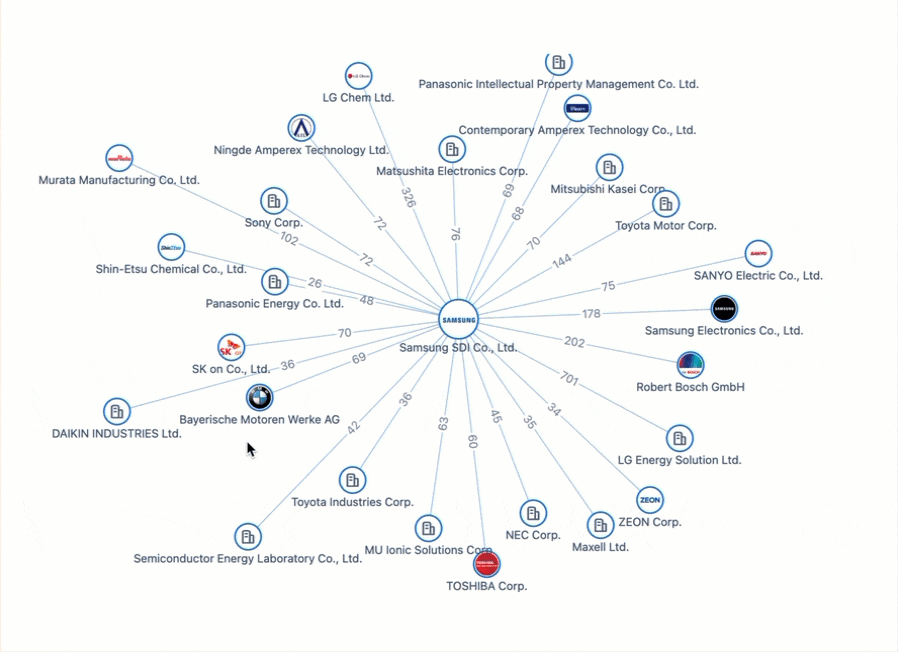How to Avoid an Obsolescence Crisis
Obsolescence management is still a relatively nascent topic for many organizations. However, PatSnap has just recently returned from an event in Germany known as COG-D, or rather ‘Component Obsolescence Group Deutschland,’ to give it its full title. During the event we found that obsolescence management is still in the earlier stages for those who are not in the know but is becoming more prevalent and is something that we’ll be hearing more and more about. Meanwhile, patent data and IP analytics is an important aspect in this arena and it was on this topic that PatSnap had its role to play.
What is obsolescence management?
Put simply, obsolescence management describes a formalised methodology for dealing with the transition of a component or part from one of availability to one of non-availability. During the event, the Association of German Engineers (VDI) addressed the main reasons why obsolescence management plays such an important role for organizations. This can include:
- End of Life (EOL), End of Support (EOS), or a Product Change Notification (PCN) from the manufacturer
- The component can no longer be delivered
- The Original Equipment Manufacturer (OEM) or the Original Component Manufacturer (OCM) is no longer active in the marketplace
- The necessary know-how for the production of the part is lost
- New technologies have replaced the former technology
- Changes in national law or legislation that prevent delivery or production
What has this got to do with patents?
At first glance, it would seem that patents wouldn’t be relevant to product parts or components that are coming to the end of their lives. However, the reality is that patents play a role within every stage of the obsolescence process. Many of the speakers at this quarter’s COG-D event promoted the transition of obsolescence management from a reactive approach to a proactive or even strategic approach. It is within these latter approaches that patents become important.
As part of the pro-active approach, manufacturers are encouraged to think about the risk of obsolescence right at the beginning of the product development phase. Scenarios are planned where the purpose is to consider what action should be taken, in the event that a component becomes obsolete. As the speed of invention increases, more and more components will become obsolete within a shorter time frame. If a manufacturer relies on a specific technology that becomes obsolete, they may consider redesigning the obsolete part, or reverse engineering. However, it must be remembered that patents cover a technology for a period of twenty years, so there is a high chance that the technology will still be protected, leading to potential conflict.
What’s the solution?
As part of the obsolescence management process, companies are increasingly creating databases that provide an inventory of the components and how they should be managed throughout their life cycle. We would recommend that patent information becomes an integral part of this record of information. In this way, patent information feeds into the recommended steps for proactive obsolescence management at every stage:

Wider benefits of IP Analysis in obsolescence management
By using IP analysis to plan for risk and seek out new alternatives, companies will also find that they have much more information and data to hand that will inform wider business decisions or provide greater competitive intelligence. As a European Commission Report has stated, patents contain detailed technical information which often cannot be found anywhere else: indeed, up to 80% of current technical knowledge can only be found in patent documents.
Your recommended content
-

Patsnap Surpasses US$100 Million in Annual Recurring Revenue
Category: Article | Category: News/PR
Wednesday, June 12, 2024
Patsnap has reached a significant milestone of achieving $100M in Annual Recurring Revenue (ARR), marking an impressive 20% year-over-year growth in 2023. This milestone highlights the massive and meaningful value our platform brings to over 12,000 IP and R&D teams across 50 countries, driving efficiency, productivity, and collaboration.
-

Introducing Hiro, an AI assistant built for IP and R&D workflows
Category: AI advancements | Category: AI development | Category: AI-tools | Category: Article | Category: artificial intelligence
Tuesday, May 14, 2024
Powered by Patsnap’s industry-specific LLM, Hiro is designed to streamline IP and R&D workflows from ideation to product launch. With its robust AI capabilities, Hiro brings a new level of efficiency, precision, and security to tasks that were once time-consuming and labor-intensive.What sets Hiro apart is that it draws from our large language model that’s been trained on market-leading patent records, academic papers, and proprietary innovation data. This ensures we deliver more accurate and reliable results for every prompt.
-

Powering the Future of Electric Vehicles: The Battle for Battery Innovation and Patents
Category: Article | Category: battery technology | Category: electric vehicle | Category: EV | Category: lithium ion | Category: lithium ion battery | Category: NEV | Category: new energy vehicles
Monday, April 22, 2024
In the ever-evolving landscape of innovation, the electric vehicle (EV) industry stands as a beacon of technological transformation. As we explore the patents propelling the EV revolution, Apple's venture serves as a poignant example of the challenges even industry giants face in this competitive arena. Join us on a journey through the global patent landscape, where the quest for superior power solutions unfolds, and where the true pioneers of the EV revolution are making their mark.